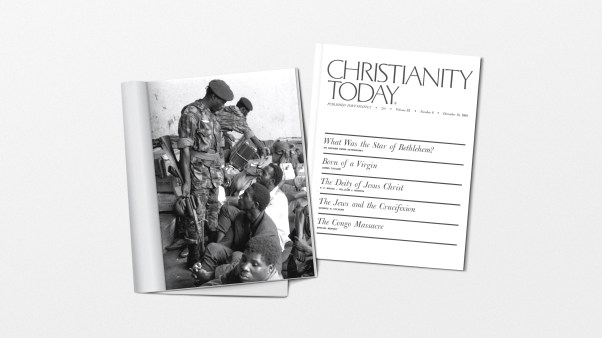While many of us like to think of ourselves as self-made individuals, we are not so neatly defined or isolated. Our DNA bears genetic material from generations past. We pass along family stories at the dinner table. From food preferences to sports rivalries, we take on the stories, songs, and palates of our people.
Places shape our affections too—from homes, neighborhoods, and nations to flora, fauna, and topography. While we may recall how our childhood homes influenced us (Did you slide down the banister on Christmas morning?), often what we no longer notice exerts defining power over what we consider “normal.”
The import of place can easily go unnoticed. Some of a place’s constraints are given by governments or institutions—consider how sidewalks, zoning laws, and church buildings shape our daily and weekly rhythms—while other constraints offer us more creativity and agency, such as starting a garden plot, picking a paint color, or hosting a holiday party. (Don’t miss hospitality recommendations on page 26.)
What might a place, with its particular quirks, teach us?
In this issue, you’ll read about a monastery on the island of Patmos from architect Kyle Dugdale. He explains how quiet, thick places are primed for revelation (p. 44). Andrew Faulk’s photo essay on an Ethiopian pilgrimage site will open your eyes to the sacredness of place (p. 52). Three book reviews also consider how very different places—Ukraine, Colorado Springs, and urban inner cities—shape our learning and ministries (p. 64).
But places aren’t always invitations. Ann Voskamp chronicles displacement in the faces of refugees while noting that God’s will is the surest place in which to find ourselves (p. 58). You’ll read about redlining from city planner Mark Bjelland (p. 71) and, from Deborah Haarsma, how the immensity of outer space challenges any simplistic understanding of who God is (p. 34).
Finally, read Andy Olsen’s excellent reporting in his sweeping story “An American Deportation” (p. 74). You’ve likely noticed an uptick in CT’s coverage of immigration and deportation since earlier this year. This reported feature is a multigenerational saga of one immigrant family, the Gonzalezes.
And CT is uniquely poised to tell it. Although “An American Deportation” dovetails with much mainstream coverage on immigration issues, it digs into more complexities than are often told. It traces the cracks in the system and in each human heart and reminds us that policies always have a human face.
It is also a redemption tale—of personal salvation and of a church who rallied, prayed, and supported a family in need. It reminds us that, no matter where we call home, no matter if we are literally or figuratively out of place, we have a place to belong with Christ and his people.
As you gather around a table this holiday season, pay attention to the people around your table—but also pay attention to what sort of place you’re a part of. Who isn’t at your table? Who could be? What sort of story does your place tell? We hope the words you read here are a call to a generous posture of hospitality and welcome, wherever you find yourself.
Ashley Hales is editorial director, features at Christianity Today.












